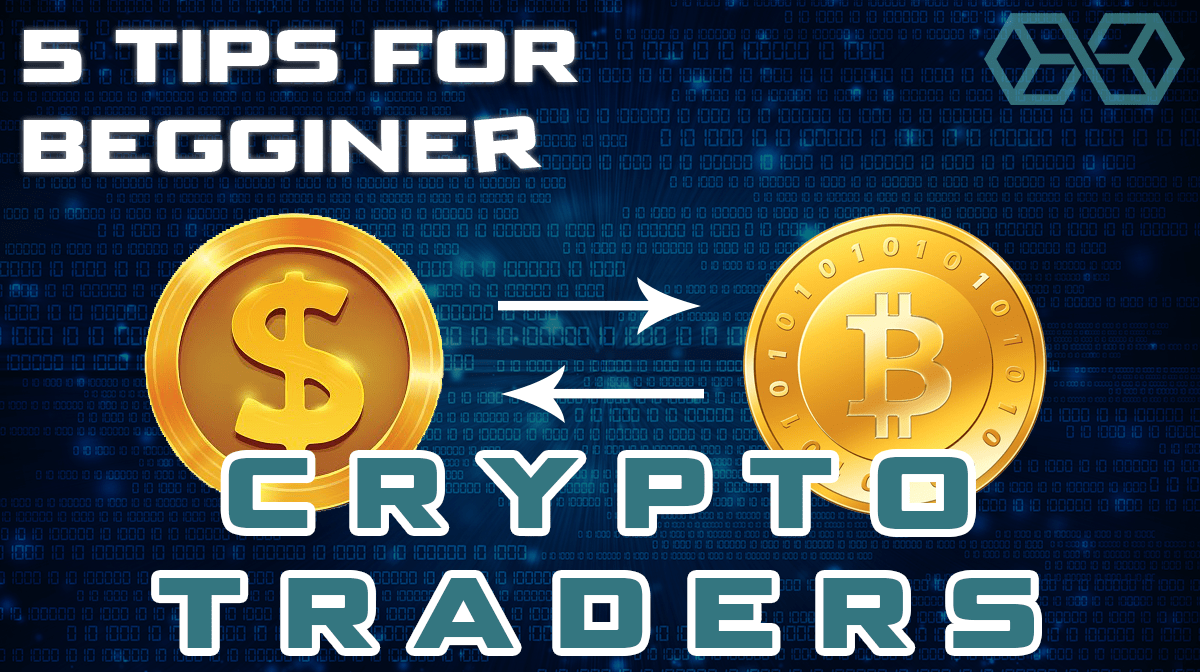If you’re reading this, chances are you’re getting ready to take the plunge into cryptocurrency. That’s great. Because the timing has never been better. There are now many competing digital currencies in the market, which is a testament to both the gaining popularity of the crypto movement, and the public’s interest in being a part of it.
That being said, before you make your first move, you must understand that buying cryptocurrency isn’t for the faint of heart. It’s volatile and often unforgiving. The lows can be gut-wrenching, but the highs can be stratospheric. It’s a roller coaster ride, and one you may just enjoy.
The first lesson you need to know? Trading or buying cryptocurrency is a little different than what you see in the stock market or dealing with your local bank. It can be a complex process. And to do it right, you’ll need to do your homework. Trust us. You don’t want to learn lessons the hard way. You’ll end up losing funds, feeling frustrated, and wind up with a sour taste in your mouth towards the crypto assets.
So, to help you put your best foot forward, we’ve identified five tips for getting you started with cryptocurrency.
1. Determine Your Investor Profile
Your investor profile is a snapshot of who you are as an investor. Do you like to take risks, or are you more conservative? Do you want returns fast, or are you looking for long-term stability? Are you a beginner or a seasoned expert? These are all things you should determine before you get started so you can craft a strategy accordingly.
There are many ways to get some clarity on your investor profile. A quick google search will point you to any number of short quizzes like this one that will help you determine where you are on the spectrum of things like risk and aggressiveness. Keep in mind that your investor profile may very well change over time, especially if you’re a new investor. It’s not uncommon to start rather passive as you learn the ropes, and then take a more active approach as you become more sophisticated and confident in your knowledge.
2. Understand the Terms
If cryptocurrency is new to you, you need to get familiar with the language if you’re going to be a savvy investor. Here are a few of the words and phrases you’ll likely see a lot:
1. Blockchain. Blockchain is a system to record cryptocurrency transactions. It’s essentially a public, continuously updated ledger that eliminates the need for a third-party intermediary. It’s much like a Google Doc where all modifications are recorded in real-time, and changes are completely transparent to everyone who views it.
2. Peer-to-peer purchasing. P2P purchasing is a cornerstone of the crypto movement, empowering buyers and sellers to connect directly without the need for middlemen like banks or governments.
3. Crypto Wallets. Crypto wallets allow you to send and receive digital currency and monitor their balance. Wallets can be either hardware or software, though hardware wallets are considered more secure.
4. Exchanges. Cryptocurrency exchanges are websites where you can buy, sell, or exchange cryptocurrencies for other digital currencies or traditional currencies.
3. Find a Trustworthy Exchange
As a beginner, it’s especially important to buy your cryptocurrency from one of the trusted and reliable trading platforms. Coinbase, Binance, and Kraken are some of the larger crypto exchanges and can trade more than $100 million (equivalent) per day. Exchange offers you the chance to convert cryptocurrencies into major government-backed currencies and convert cryptocurrencies into other cryptocurrencies.
Avoid the temptation to go for the best deal, and instead, go with the one that has the best reputation. It’s well worth the peace of mind. Scammers are abundant. There are no chargebacks, no customer support centers to call, and absolutely no way to get reimbursed. So, start and stick with a trusted source.
4. Finding a Wallet
Since you’re investing within a digital space, cybersecurity is paramount. Cybercriminals are always looking for ways to hack the exchanges, so protect yourself. Once you buy cryptocurrencies on an exchange, immediately move your coins back to your wallets. Holding your assets in exchanges exposes you to risks that you simply don’t need to take. Cold wallets (offline) are recommended for optimal safety, but there are many online wallets to choose from as well.
5. Go Beyond Bitcoin
Every good investment strategy involves diversifying. The crypto space is no different. Bitcoin and Ethereum are two of the biggest players but consider other challengers like Ripple (XRP), Bitcoin Cash (BCH), or Litecoin (LTC). By investing across multiple currencies, you can spread the risk and create a more balanced portfolio.
The cryptocurrency space is always full of surprises, and prices can swing wildly. As a new investor looking to buy and sell Bitcoin or other cryptocurrencies, you need strategies to help you navigate those price fluctuations both for the short and the long term.
When it comes to investing, making informed decisions is key. Now that you’re armed with some practical tips to kickstart your journey, the rest is up to you. Enjoy the ride.


